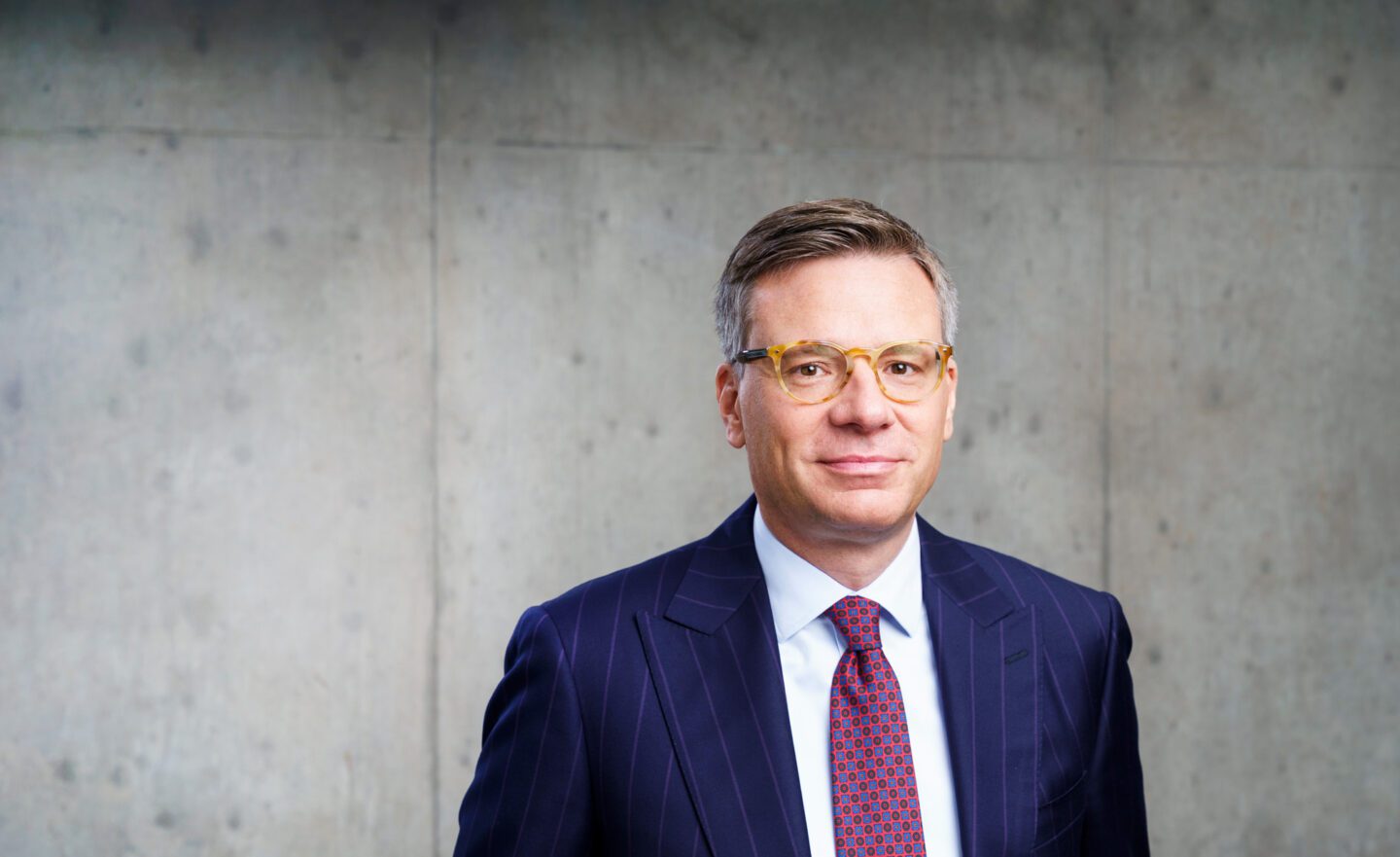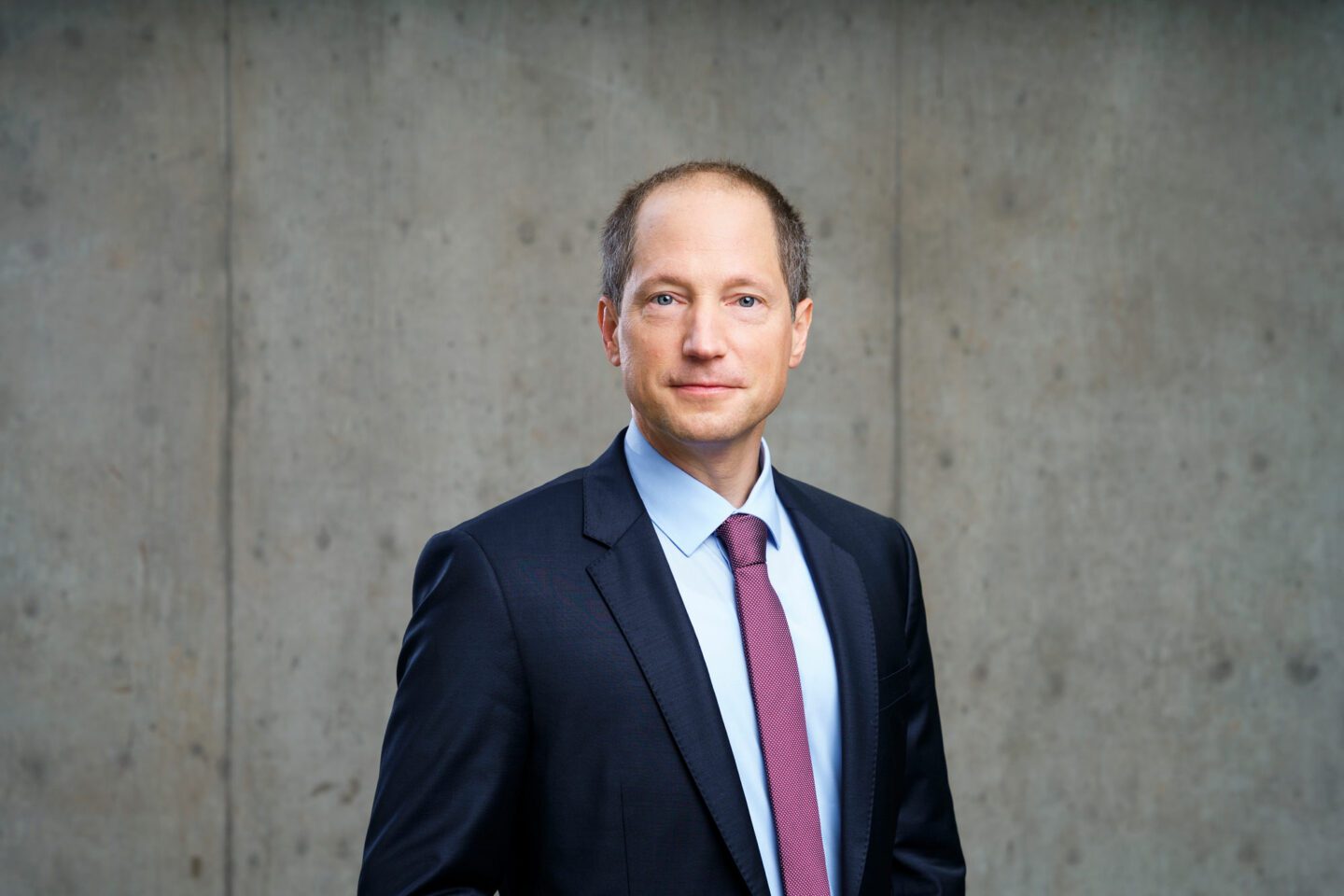
HMT Euro Seasonal LongShort I UCITS has received The Hedge Fund Journal’s UCITS Hedge award for best performing fund in 2023 and over 2 years ending in December 2023, in the Equity Index Long/Short strategy category, based on risk-adjusted returns. This unusual and almost entirely systematic strategy is based on various seasonal cycles, trends and anomalies that have been documented over decades or even centuries, and statistically proven to have a positive probabilistic expected value.
Seasonality signals are probably most commonly used in commodities, but they can apply to any asset class.
HanseMerkur Trust AG (HMT) have been trading seasonality in European equities for over 20 years, and nearly five years ago launched a strategy based substantially on patterns of seasonality. It is an opportunistic trading strategy that has historically been sitting in cash most of the time while awaiting high probability opportunities for short term trades, which can take long or short exposure to indices.
We noticed some weekdays in the month when the market always rose, as well as month end days.
Raik Mildner, Portfolio Manager, HMT Euro Seasonal LongShort I UCITS
“My interest in seasonality patterns in equity markets began as a student at university. During my Christmas vacation, I bought options on the DAX every year after Christmas and sold them on the first trading day of the next year. It worked every year except for one,” says Raik Mildner, Portfolio Manager of the Seasonal strategy, who is also Board Chairman and CEO of HanseMerkur Trust, based in the city state of Hamburg. “Later on, I started developing the strategy with Carsten [Lang], and we noticed some weekdays in the month when the market always rose, as well as month end days,” he continues. Mildner and HMT Board member, Carsten Lang, studied together at the Justus-Liebig University of Giessen, in the heart of Germany’s apple orchard and “apfelwein” (cider) making Hesse region, near Frankfurt am Main.
Strategy inspiration
Whereas many systematic and quantitative hedge fund strategies are at least partly inspired by academic research, the HMT one was conceived after reading books such as The Right Stock at the Right Time, an introductory book on seasonality effects by Larry Williams, one of the most successful US equity traders. Self-confessed seasonality groupie Mildner says, “I now have one metre of books on the subject. We decided to explore the patterns systematically and build a fund designed to make a positive return every year with low drawdowns”. The aim is essentially to deliver equity like returns with bond like risk. The volatility and maximum drawdown have been less than half that of the DAX index since inception in July 2019. The strategy was resilient around Covid in February and March 2020, avoiding a 5,000-point crash in the DAX, and providing a positive return in the first quarter of 2020.

Raik Mildner, Portfolio Manager, HMT Euro Seasonal LongShort I
Origins of seasonality: Christmas and Epiphany
The Santa Claus rally is in Europe and the US often defined as between Christmas and New Year, or between Christmas Day and Epiphany on January 6, a day which is variously known as the Saints of Kings holiday, or Three Kings Holiday, in different countries. This is symbolically significant since the Magi or Three Wise Men visited the baby Jesus with gifts of gold, frankincense and myrrh, and the day has for centuries been celebrated as a feast day, which is analogous to taking profits. It is observed by Western Christian groups including Roman Catholics, Anglicans and Lutherans, whereas Eastern Orthodox groups following the Julian calendar observe Christmas Eve on January 6 and Epiphany on January 19. This is notable because the seasonality literature does revolve around Western markets. “The seasonality effects derived from the US market also work well for German or European equities, which tend to have a 90% correlation, but in Asia the patterns can be a little different,” Mildner explains.
Summer and winter
The Santa Claus effect is the most well-known seasonality effect and is a subset of the winter outperformance phenomenon between October and April. One of the oldest observations of seasonality may well be the old City of London UK saying, “Sell in May and go away, don’t come back until St Leger’s Day”, which is centuries old, and may be explained by unsavoury sewerage smells emanating from the city in warmer weather, spurring an exodus of bankers from London in the summer! The holiday season is another possible reason for the summer lull: “It might seem surprising for Northern Hemisphere stocks to outperform in the cold dark winter months, but another explanation has simply been that fund managers are relaxing at their beach houses,” jests Mildner.
Days of the week
In addition to the well-known Santa Claus, winter, quarter end and month end patterns, the HMT team have identified proprietary signals based on days of the week that have been stable and persistent over many years. “Certain weekdays have a very high probability,” says Lang. “There are even studies showing that the full moon changes trading psychology,” he adds, perhaps raising the spectre of werewolves, and some studies have identified selling around these lunar phases, including in some Islamic countries that use a lunar based calendar.

Carsten Lang, HMT Board Member
Economic rationale
The HMT strategy is in the first instance seeking statistically significant patterns, but they do in fact also have a relatively simple economic rationale. Rather than various risk premiums, or behavioural finance theories identifying biases in human and investor psychology, which underly some systematic strategies, the story here is more simply predicated on the weight of money: “Fund flows, including month end and quarter end flows from pension funds, ETFs and active managers, create more demand for equities on certain days,” says Mildner.
Weighting and intraday filter
The long/short strategy is somewhat binary in that it only has three normal positions: 100% long, 100% short or zero.
The different seasonality models and signals are usually equal weighted but can be overridden by an hourly intraday technical filter that is used to increase the hit rate and win/loss ratio. “The overall hit rate has historically been around 70%,” reveals Mildner.
This technical indicator of oversold and overbought can postpone signals, based on a proprietary suite of indicators. “We might temporarily ignore the seasonal pattern. This might influence the time of day for executing trades, or it might even lead to no trade at all on a day,” says Lang.
Discretionary risk reduction three times in 15 years
The strategy is nearly always completely systematic, but it can very rarely be overridden by a risk overlay based on the manager’s many years of experience in the markets. Very occasionally, discretion is exercised to reduce risk to 50% of the model signals, or zero. “This has only been used three times: around the Ukrainian War in 2022, Covid in February 2020, and the Fukushima nuclear disaster in 2013. War in Europe was a Black Swan, Covid was a Black Swan and Fukushima was a Black Swan. Nobody knows how markets will react to these situations,” explains Lang.
Steady cash plus return target
The return target of 4-6% has been the same through negative and positive interest rate environments for the Eurozone, because the client base including many entrepreneurs are targeting this level of return.
12bn
HMT runs €12bn as the affiliated asset manager of the HanseMerkur Group, of which €10bn is captive capital and €2bn is third party capital for other insurers, pension funds, companies, foundations and churches.
Positive income on cash, and cash hurdle under performance
In fact, the strategy has historically been sitting on cash 73% of the time and is amongst many hedge fund strategies that will now be earning positive rates, in contrast to the negative rates paid before. Cash is held with the custodian.
The fee structure is competitive, with a 15% performance fee only applying above a hurdle rate of 3-month Euribor +3.5%. There is also a 5-year high watermark in some share classes.
Long and short positioning
The “stars” of the various signals and models have only been aligned 27% of the time, when active positions have been 80% long and 20% short. In other words, the strategy has historically had a position for at least part of 50 trading days per year, of which it is long 40 days, and short for 10 of the days. The correlation to the DAX of 0.31 is quite close to the percentage of days invested.
Strategy variations: long-only and ESG
There is a long only version that alternates between cash and longs, and an ESG version for a foundation client that excludes certain stocks. The two funds report under SFDR 6, whereas the ESG account is out of scope of SFDR.
Choice of European equity indices
The DAX 40 index is used for the long-only strategy and the Euro STOXX 50 for the long/short strategy. The top stock holdings in the newsletter reflect the underlying index holdings; there is no stock picking apart from in the ESG strategy, which needs to build its own synthetic index excluding certain stocks.
Asset split
The EUR 77 million asset split in the strategy is 85% from HMT, 10% from another insurer independent of HanseMerkur, and the rest from the foundation with the ESG mandate.
About HMT
Seasonality signals have been applied since 2002 as one of four systematic signals in equity strategies, before launching the dedicated seasonality fund in 2019. The other three models were economic fundamentals, trend following and short term technicals.
Other strategies at HMT include equity, bond and multi asset funds (that may include commodities) with an absolute return focus.
HMT runs EUR 12 billion as the affiliated asset manager of the HanseMerkur Group, of which EUR 10 billion is captive capital and EUR 2 billon is third party capital for other insurers, pension funds, companies, foundations and churches. HMT was founded in 2009, but HanseMerkur’s roots date back to Hanseatic Health Insurance in 1875, which was part of Otto von Bismarck’s social and health insurance model. Its activities include portfolio management in institutional and retail funds, as well as customised special funds for institutions, advisory and brokerage. Beyond equities, there are multi-asset strategies, including sustainable investing and absolute return. They are all based on systematic investing rules and models. There are also structured products which aim to protect value by limiting losses to a floor level; conceptually these are like capital guaranteed products, though there is not an absolute guarantee of the floor level.
The firm also has a presence in private markets. It is active in Europe senior debt and special opportunities, private equity in Europe and healthcare, as well as real estate and real estate financing. Solutions can additionally be built combining liquid and illiquid assets.
- Explore Categories
- Commentary
- Event
- Manager Writes
- Opinion
- Profile
- Research
- Sponsored Statement
- Technical